I discovered Nicole Small’s work very early in my film journey and I was immediately enthralled with the creativity of her portraits. Specializing in alternative processes, including pinhole portraits, cyantotypes, and homemade camera builds, Nicole is endlessly experimenting with her photography. Her YouTube series on cyanotypes has recently inspired me to start making cyanotypes of my own, and I’m so grateful that she took the time to have an in-depth conversation with me about her dreams and creative processes.
Enjoy!
Thank you for taking the time to chat! Could you start by telling us a little about yourself?
Sure! My name is Nicole Small and I am from Montreal, Canada. I am a fine art photographer and self portrait artist. Photography came to me by working with other photographers as a stylist, and in 2005 I made a complete shift from fashion design to photography.
Awesome, that actually segues into my next question! What got you into film photography? Was that the shift that you made in 2005, or did you start with digital first?
I started with digital. It was all I knew and had no idea that film was still something you could use until 2012. I honestly just felt that there had to be something more than what it was when I came to the end of shooting with digital. Once I knew that film was still available to use, I made the switch from digital and have not turned back since.
And what is it that you love about film so much?
I love the fact that it is all hands on, from beginning to end and that it doesn’t end after you have finished shooting a roll of film, the process continues with development and can go even further with printing in the darkroom. I cannot really explain how I feel when I am out there with a roll of film and my favorite walk-around beast, the Yashica D, but it just doesn’t get any better than that.
I totally get that feeling. It’s almost magical.
It is magical!
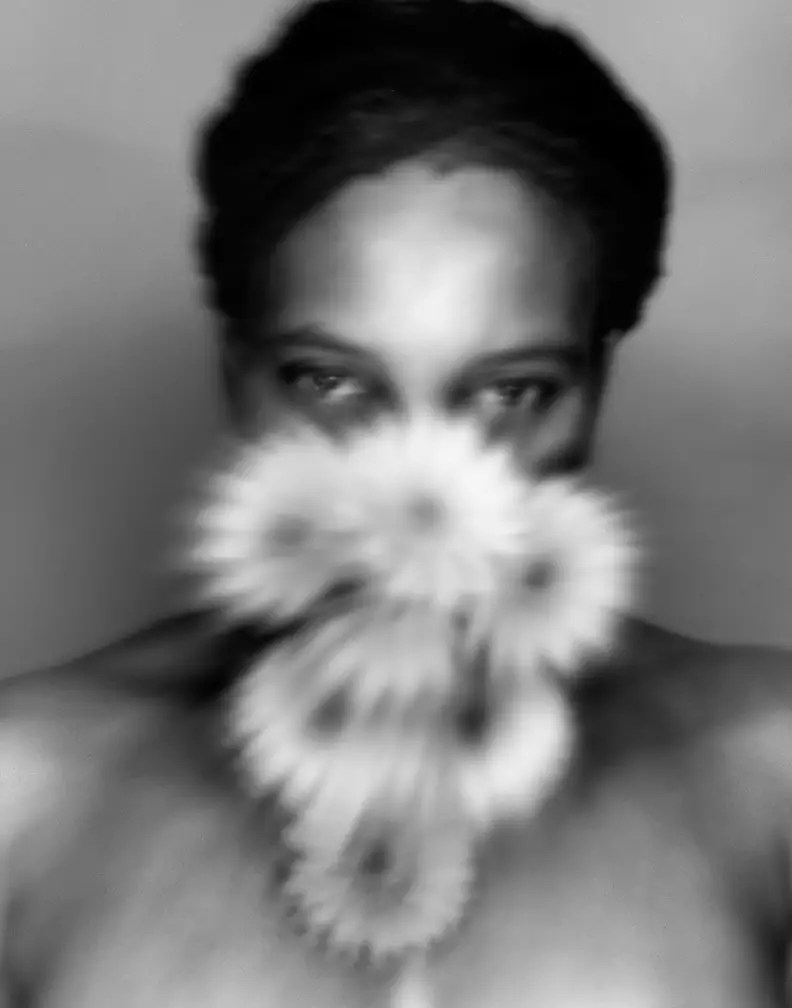
Beyond shooting film, you also have a lovely YouTube channel all about your film photography adventures. What inspired you to start your channel?
I originally started my channel in 2015, which was creating short stories with some of the people I have photographed (Moving Portraits), and also with a few self-portrait videos that were detailed with music and sometimes text. Most of these videos are still on my channel but marked as private.
My inspiration for initially starting a YouTube channel comes from movies. I am a movie buff and the idea of being able to create stories through video is something that I have always found to be of interest. To be honest, the videos that are present now on the channel, shooting film, just happened. One day I just felt that I wanted to start documenting my adventures and since then I just have kept at it. Four years later!
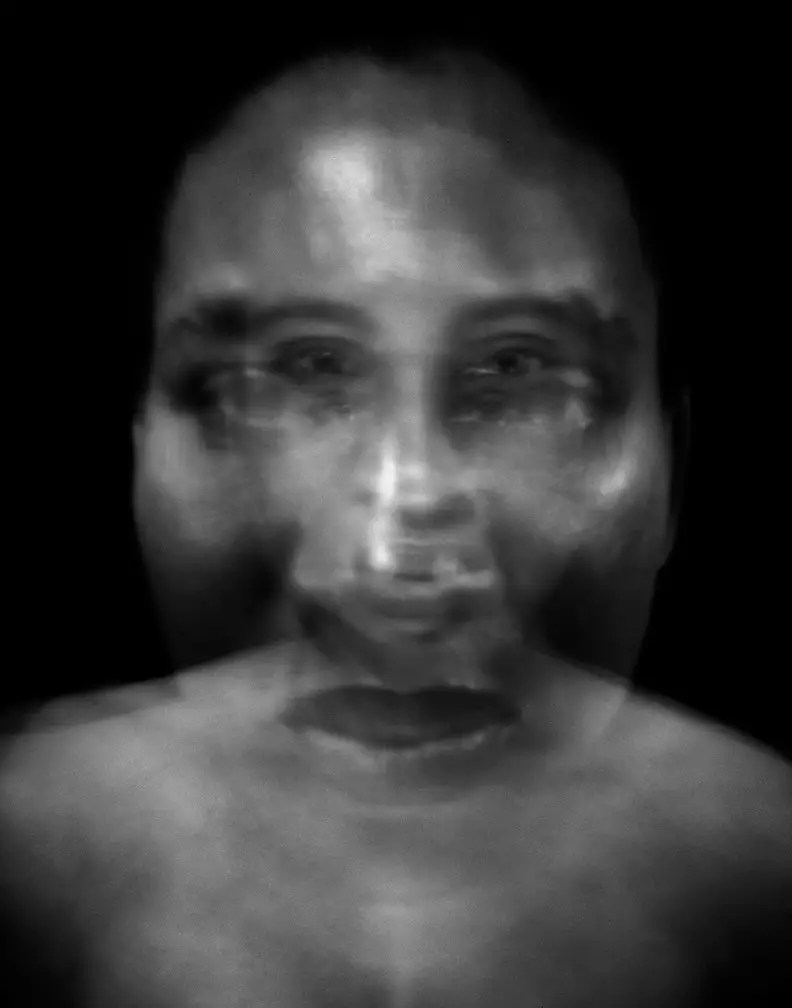
One of your projects I am particularly drawn to are your pinhole portraits. How did you get started with pinhole photography and how did the idea for portraits come about?
A friend of mine, Michel, told me about pinhole photography and at that time I really did not know much about it. So one day I decided to look it up and I saw some beautiful photographs of landscapes that were taken with a pinhole camera. So I started to do research on it and had decided that I wanted to give it a try.
The first camera I bought was a Diana camera. It seemed to be the camera that was talked about all over the web so I figured it would be the best camera to start with. So I had it all planned out. Already having a roll of film in hand, I went to a local camera shop to buy the Diana camera. I was a little disappointed because even though they mentioned it was a plastic camera, I just was not comfortable with the feel of it, but bought it anyway. I shot the roll that day as I made my way to the lab for processing and to be honest, I really did not enjoy it. I found it was just too close to how I was already shooting, up to the eye and for the price and plastic feel. I decided to return it.
I wanted to see what other types of cameras they had and on a Google search, I had found one. It was just a simple box camera made out of wood with a hole in it. Simple. Once I got a pinhole box camera, I started to experiment. I never [intended to use this camera] for landscapes although it was mostly what I was seeing online, because portraiture was/is my thing.
When things got going it was winter time, and because of that I started to learn how to work with a pinhole camera in a studio setting. The testing became a love for it and soon an obsession.
You’re really making me want to try out pinhole photography!
You will love it!
Another thing we have in common is that we both have Yashica D’s which we love fondly. What is it about TLR (twin lens reflex) cameras that you love so much?
The minute it was in my hands it just felt right. But the first TLR that I purchased was the Mamiya C330. It is a beast compared to the Yashica D, but it had the same feeling. I just can’t explain it. I would have thought that when I bought a Hasselblad it would feel the same, but it didn’t. I did not like the feel of it in my hands and it is now on a shelf collecting dust! I think I like the looking down element even if sometimes it might feel awkward. I just love them.
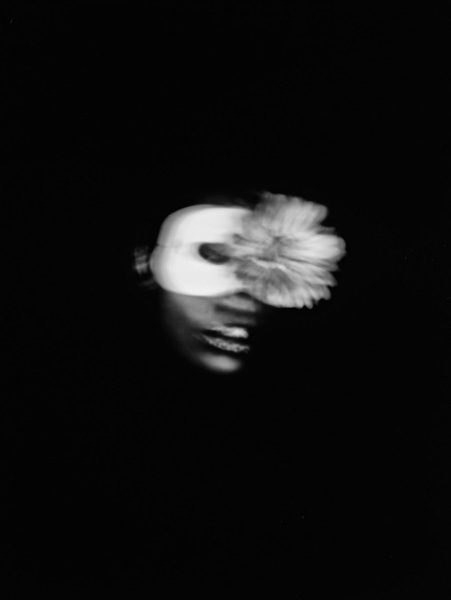
Speaking of TLRs, on your YouTube channel you’ve documented a bit about your current adventure of building a 12×12 TLR. How did this idea come about and how is it going? What have been the biggest challenges and surprises so far?
Yes, I have been working on a 12×12 TLR build and it is coming along quite slowly, unfortunately. Throughout the build I have hit a few stumbling blocks. The biggest stumbling block is finding the right lenses; not one, but two, which will be quite an investment. I did originally think of using magnifying glass lenses but I thought, If I am going to build this TLR especially at the size I want to build it, I want to make it right and with more possibilities than that of magnifying glass lenses as the lenses for the build.
There is also the issue of the mirror, which I do have, but factoring it out with FOAMCORE as the base for the camera, it would just be too heavy and probably not the best idea unless I build it out of wood, which will add even more weight to it. I have restructured the design, it will look very different from what I have shown already. I have also sourced out some alternatives and other little things for the new build. But with the stores being closed due to Covid, I have been out on hold, darn it. Why a big TLR? Because I just love them, and why not go bigger?
Beyond the 12×12 TLR, are there any other homemade cameras you’re dying to build?
I am actually building a pinhole camera and her name is Trinity (triple-pinholed pinhole camera). This build really was not planned at all. But since I am set on hold for building the TLR, I have been itching to build something, and so, another build has come together.
Oh that’s exciting! Will it be like a stereo camera, a la the Nimslo and Nishika?
I still can’t say at this point as I just started testing with it and from my results I just might change things around within the build. You never really know until you have done a few testers.
That’s understandable. I’ve also noticed that recently you’ve started creating cyantopyes on glass. Can you tell me about the process and how you’ve created it?
Yes I did! The process is not as hard as it might seem and it was something I had no idea that you could do with Cyanotype. I discovered the process when I was looking up toning Cyanotypes, which is really weird because I have done searches before and have never found anything about that process. Although the process does take some good dedicated time, it is all worth it.
I enjoy working with the raw chemicals of the Cyanotype which are mixed together with oxalic acid and gelatin, which is all warmed up together then placed in the fridge for later use. Once the emulsion has set at least for a day, it is then rewarmed so that it can then be poured onto a glass plate. There are more details involved but that is a quick run down of the process.
That’s so cool! I’ve noticed there’s a lot of experimentation in your work from glass cyanotypes to homemade cameras to pinhole portraits. What inspires you to experiment and do you have any future projects lined up?
When I started working with cyanotypes, I wanted to see what else was out there and discovered quite a few old school books on different processes dating back to the 1800s, and I just couldn’t help myself. It is amazing how many processes are out there and I said to myself, I got to try whatever I can before it just might not be doable anymore.
The building of pinhole cameras came from the idea of wanting to work with larger paper negatives and what helped that drive was several people that I follow today who are great camera builders and pretty cool people too. Ethan, Nick, Graham and Joe Van Cleave, just to name a few. I do have some projects lined up yet. Some projects I unfortunately had to put to the side. I don’t want to disclose anything just yet but I am hoping that the way things are now will change soon so that many of the projects I have on hold will become possible.
Exciting! We’ll be eagerly awaiting the day when you can announce the projects you currently have in the works. Beyond that, are there any other areas or formats of photography that you haven’t yet been able to explore but would love to if given the chance?
Thank you! Oh yes, I would love to learn the Wet Plate Collodion process. It really was what I wanted to learn before Cyanotype, but a lot of the chemicals involved in this process are quite expensive and a little hard to get shipped here in Montreal, as far as my research has gone. Maybe one day I will get lucky and be able to try this process at least once.
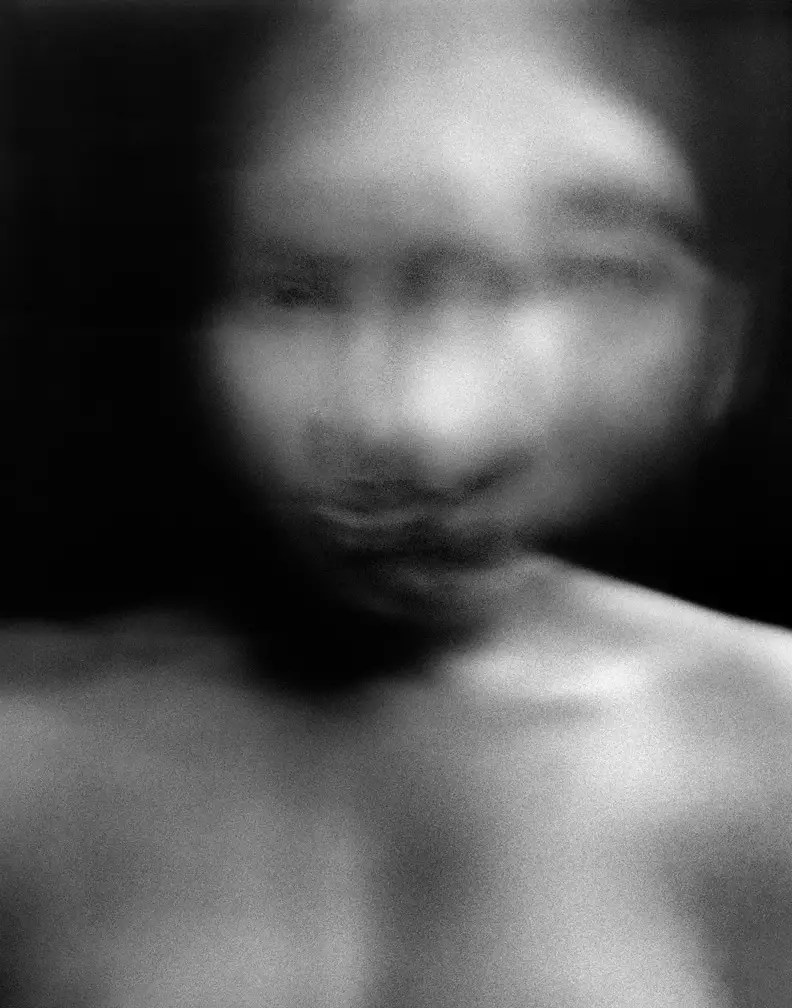
One last question as we wrap up, is there anything else you’d like to share?
One of the most important things that I have learned throughout all my creative experiences, (people and art), is to first and foremost create for yourself. Let your own feelings lead the way to how you decide to express yourself through your art. Let no one dictate or take it away from you no matter how much greener the grass may seem on the other side.
So beautifully stated. Thank you so much for taking the time to chat with me, Nicole. It’s been an absolute pleasure!
Thank you for believing in me and my work!
More from Nicole here – Instagram and YouTube
Follow Casual Photophile on Facebook and Instagram
[Some of the links in this article will direct users to our affiliates at B&H Photo, Amazon, and eBay. By purchasing anything using these links, Casual Photophile may receive a small commission at no additional charge to you. This helps Casual Photophile produce the content we produce. Many thanks for your support.]
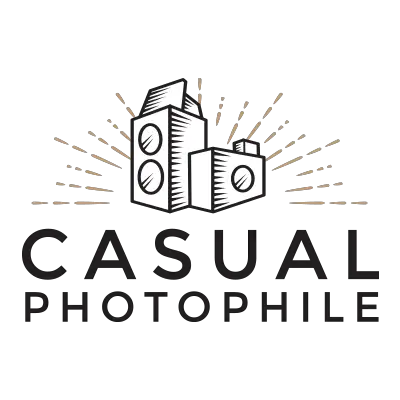
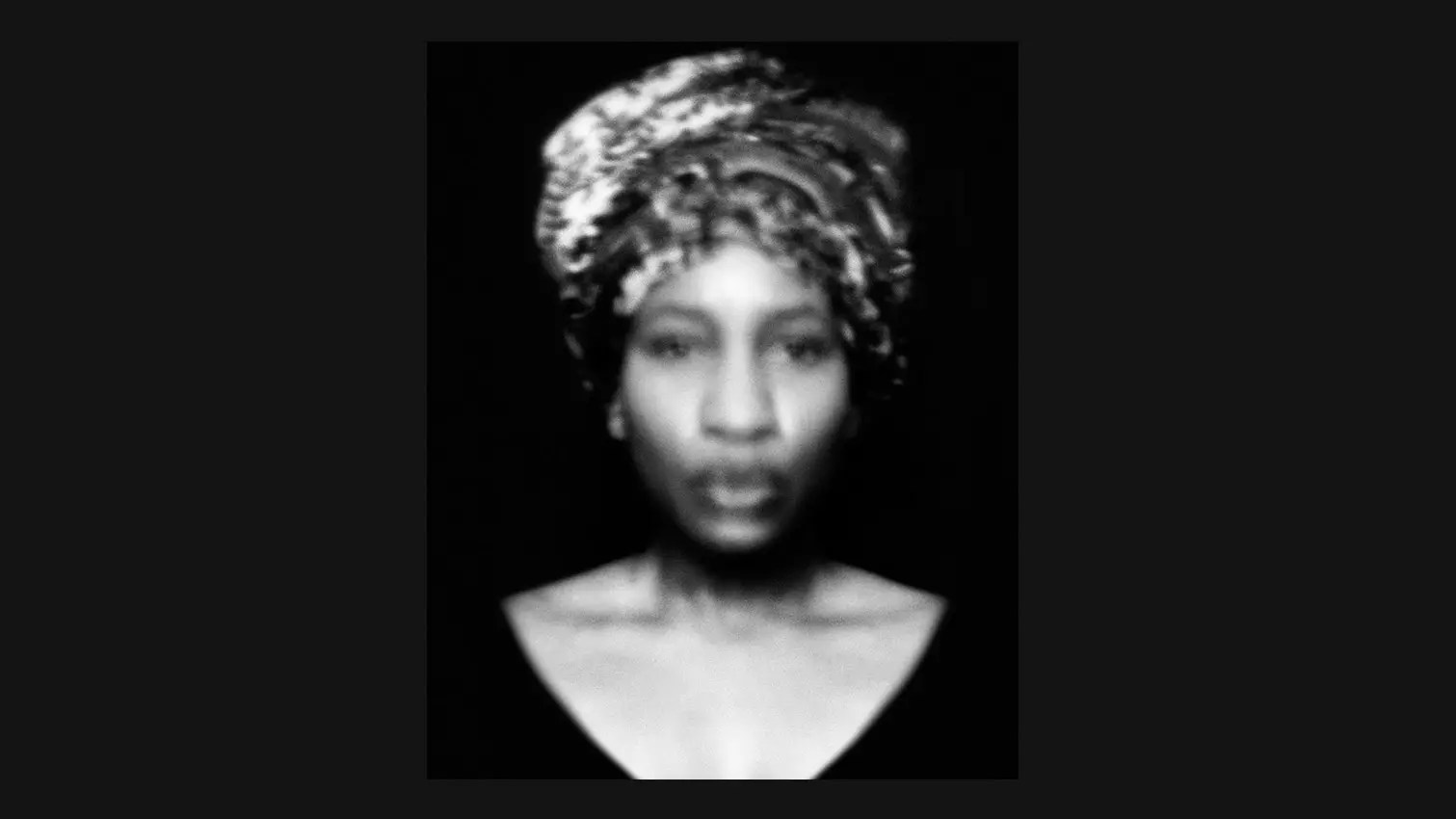
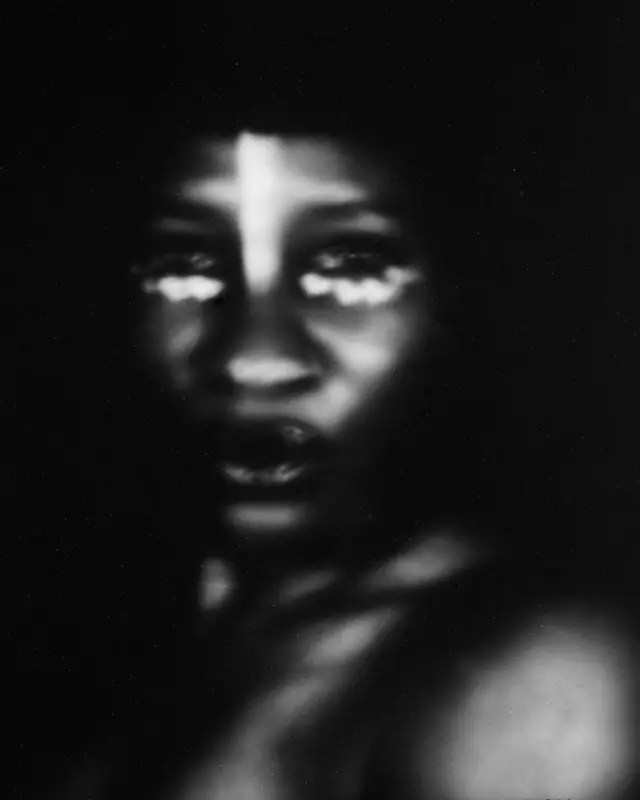
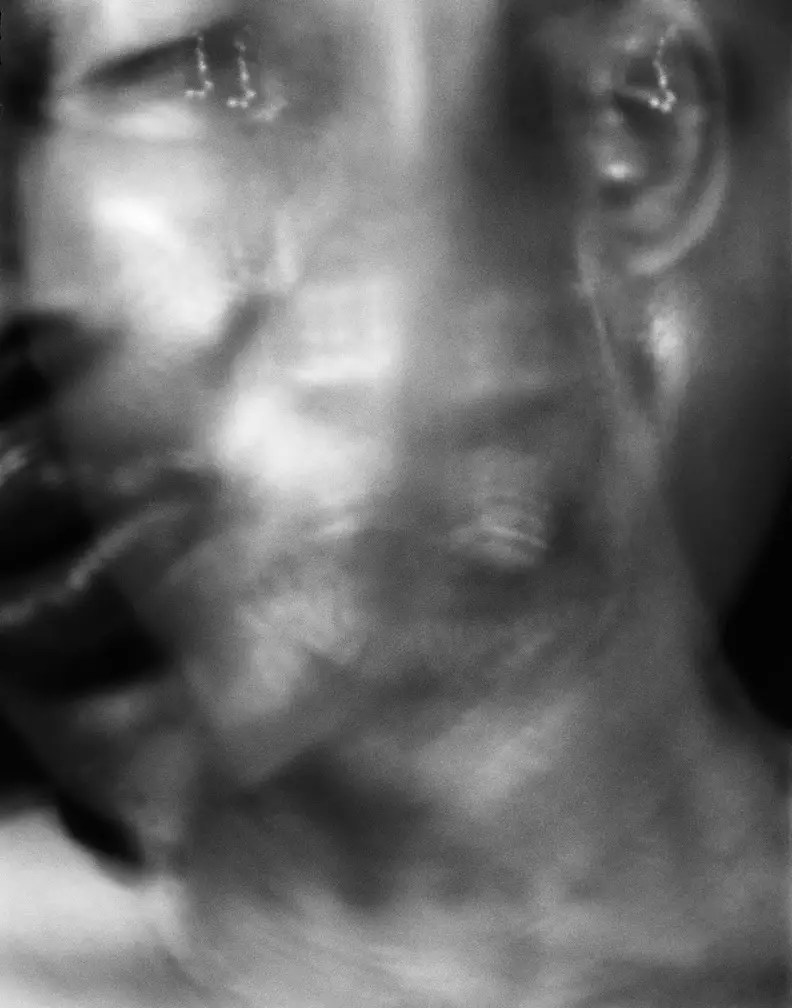
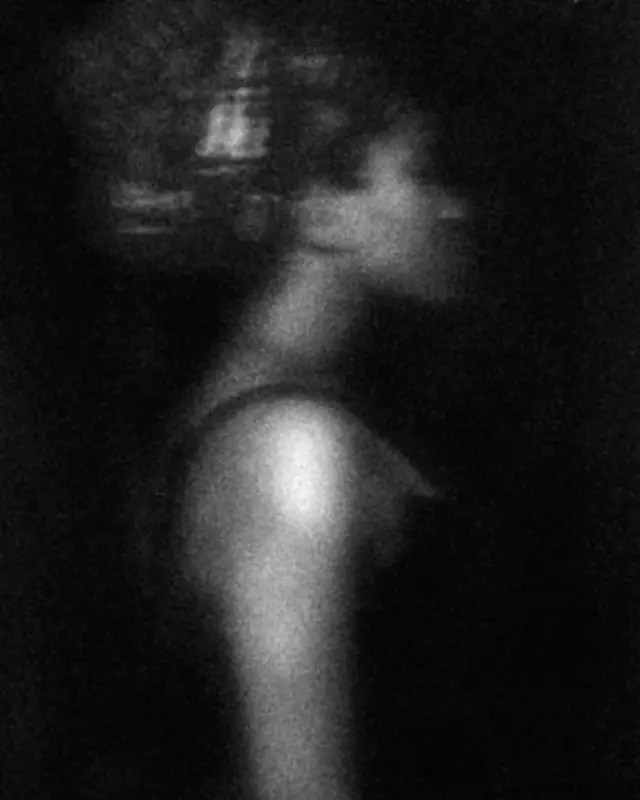
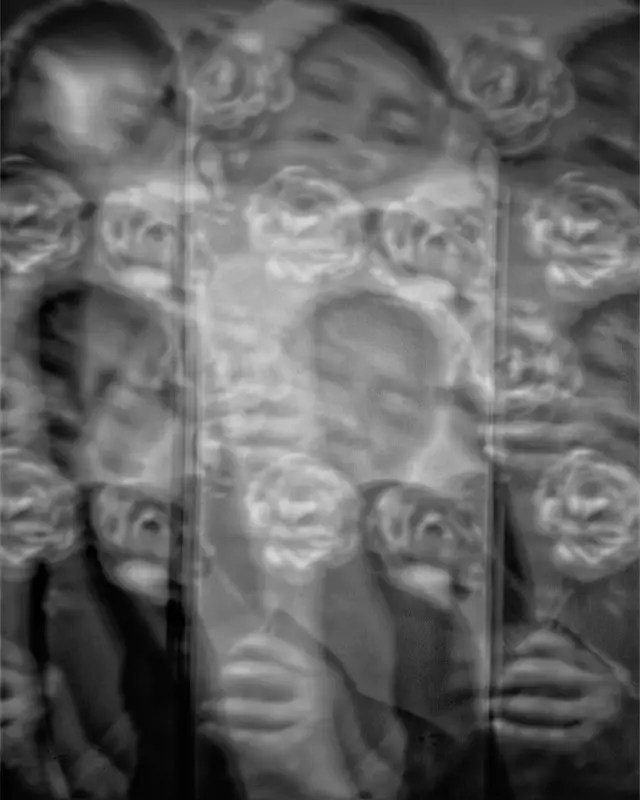
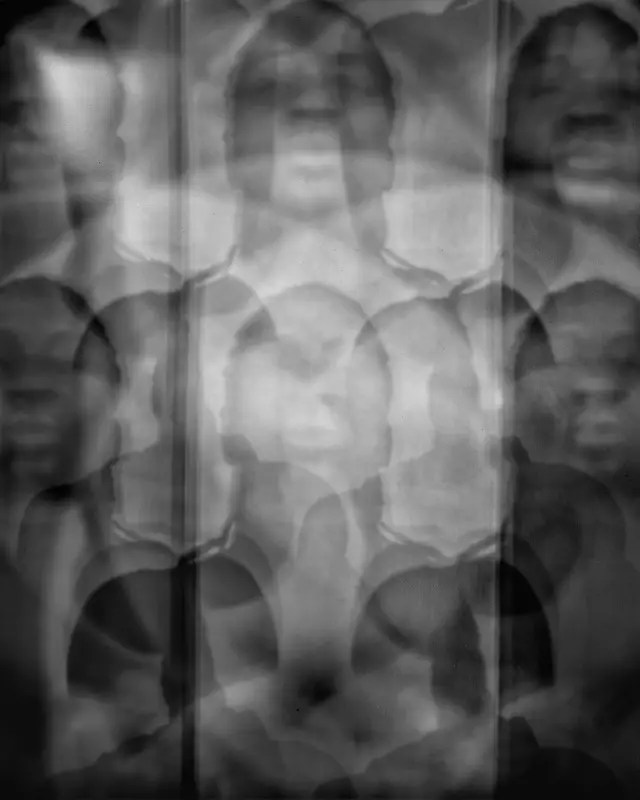
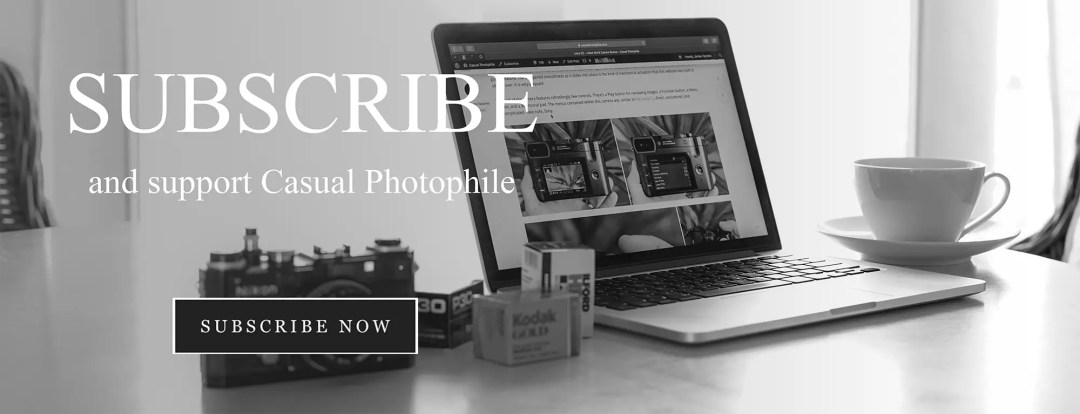
https://en.wikipedia.org/wiki/Pinhole_camera